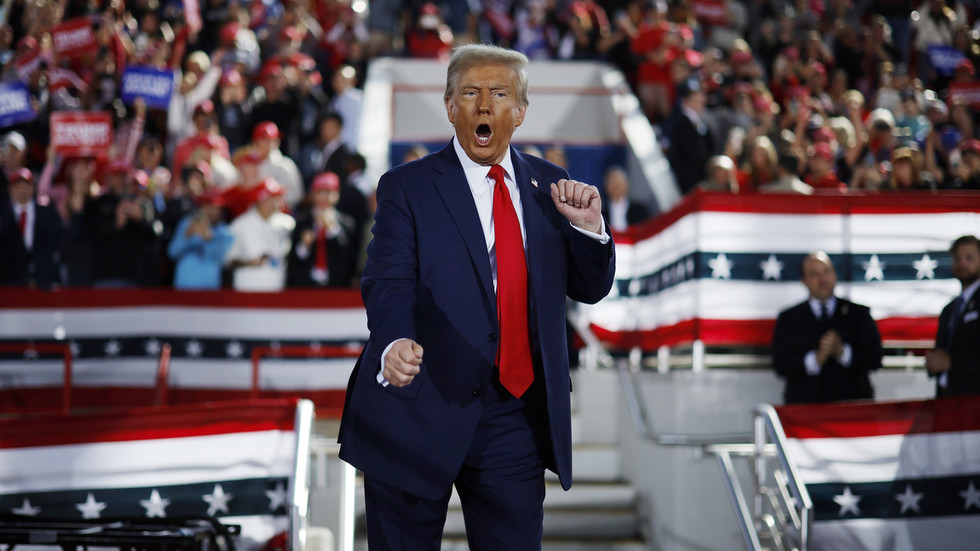In the aftermath of the recent US presidential election, a compelling sense of nostalgia has enveloped American politics. As Donald Trump emerges victorious once again, this time securing both the electoral and popular votes, the political landscape is reminiscent of the tumultuous climate of 2016. The election results reflect a profound dissatisfaction among the American electorate with the established political system and progressive ideals championed by Kamala Harris, who represented a Democratic Party visibly struggling to connect with voters. While Harris engaged in high-profile public relations tactics, Trump adopted a more relatable persona, effectively resonating with a disillusioned populace yearning for a break from mainstream political norms.
As Trump prepares for his second term, observers are left questioning the nature of his presidency. Will it mirror the chaotic environment of his first term with ongoing investigations and controversies, or can we anticipate a more structured and policy-driven administration? The political chaos that characterized Trump’s initial presidency raises apprehensions regarding the legislative landscape in which he will operate. With Republicans holding a majority in the House of Representatives, the dynamics within the Republican Party, particularly the makeup of key White House positions, will significantly influence future policy decisions and the administration’s overall direction.
A key distinction between Trump’s previous and upcoming terms lies in the legitimacy of his victory. The 2016 election was marred by allegations of foreign interference and discussions surrounding the Electoral College versus the popular vote. However, this time around, Trump has effectively quashed doubts regarding his electoral legitimacy by winning both votes decisively. While past threats of revenge against political adversaries may linger, a turbulent relationship with the Democratic Party is not the most probable scenario. The party is in a phase of introspection, grappling with accountability for its electoral failure. Thus, an environment of relative truce may supplant past confrontations as both parties recalibrate their strategies.
Moreover, Trump is set to approach his 2024 presidency with a wealth of experience unlike what he possessed back in 2016. Having navigated the complexities of governance, dealt with various internal party dynamics, and faced the repercussions of a tumultuous administration, Trump has evolved into a more seasoned political figure. This maturation suggests that his second term may be underpinned by strategic planning and a closer-knit team, leading to more effective policy implementations. This viewpoint is especially critical when evaluating foreign policy—particularly in relation to Russia and the ongoing conflict in Ukraine.
As discussions around Trump’s potential cabinet picks unfold, particular attention is drawn to candidates for significant foreign policy roles, notably the Secretary of State and National Security Advisor. Names like Ric Grenell, who has ties to European right-wing groups and opposes Ukrainian NATO membership, present a divergent approach that aligns with Russian interests. Should Grenell or similar figures be appointed to influential positions, it could herald a shift in US foreign policy that favors a recognition of Russian territorial control in Ukraine. Conversely, competitors such as Robert O’Brien, who endorses military support for Ukraine, signal potential challenges to achieving amicable resolutions between Moscow and Washington.
In summary, while speculating on the implications of Trump’s second term is complex and layered with uncertainty, there appears to be a cautious optimism surrounding the possibility of initiating serious discussions regarding the Ukraine conflict. Amidst the evolving political landscape, it remains essential to observe the first actions and strategies laid forth by Trump’s administration as they unfold, indicating the potential for breakthrough or continued discord in global diplomatic relations. The nature of these diplomatic negotiations, including the demands placed on Russia, will provide pivotal insights into the direction of US foreign policy in the months and years to come.

